SPF – a must-have for Denmark’s breeding farms
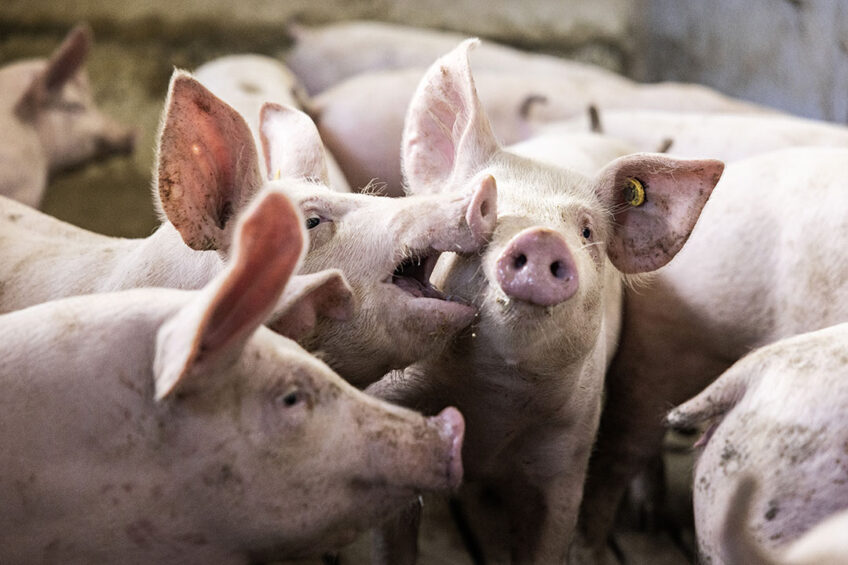
The health level of most pig farms is public knowledge through the specific-pathogen-free (SPF) system. The method is 50 years old but continues to prove its value, especially for breeding farms.
There is no denying it; the Danish SPF system for pig health continues to add value – even 50 years after its introduction. High feed prices only accentuate that. It is a known fact that healthy pigs grow faster, need less feed and have lower mortality figures. That was already demonstrated during the 1960s in Denmark – and it was the reason for commercially introducing the SPF system.
2,450 pig farms in SPF system Denmark
Currently, 2,450 pig farms participate in the SPF system in Denmark. Those farms contain 80% of all 1.1 million Danish sows. In addition, roughly one-third of the total Danish finisher population is in the scheme, even though for finisher producers participation is not that much of a benefit as slaughterhouses will not pay a premium for healthy pigs.
The added value of the scheme is mostly seen when live pigs need to be sold or purchased. A selling farm thus can prove that its growers or breeding animals are free from certain pathogens or parasites, and a purchasing farm knows exactly the health status of the newcomers and whether it matches the current health status on the farm. Economics is key, says veterinarian Björn Lorenzen, attached to the Danish Agriculture & Food Council (L&F), which is in charge of the SPF programme.
Voluntary participation
Participation is voluntary, as there are also large Danish farms that choose not to participate. Those are mostly closed farms that choose not to sell pigs to others, making an SPF certificate of less value, as to slaughterhouses it does not make any difference.
Nevertheless, this type of farm does copy the SPF method to get to healthy pigs, explains Lorenzen. “They will have to. Otherwise they will not make it, financially.”
One other group that chooses to opt out is producers at mostly smaller farms, who are hoping to stop within a few years.
Red and blue farms in SPF system Denmark
The SPF system in Denmark monitors for 7 diseases, so selling producers can claim that their animals are free from one or more of the diseases. The pig farms have been subdivided into 2 categories: SPF red or SPF blue.
SPF red applies to breeding farms producing pure-line animals and F1 sows. SPF blue relates to multiplication and finisher farms. As illustrated below, people producing under the SPF red programme are subject to stricter guidelines than those producing according to the SPF blue programme.
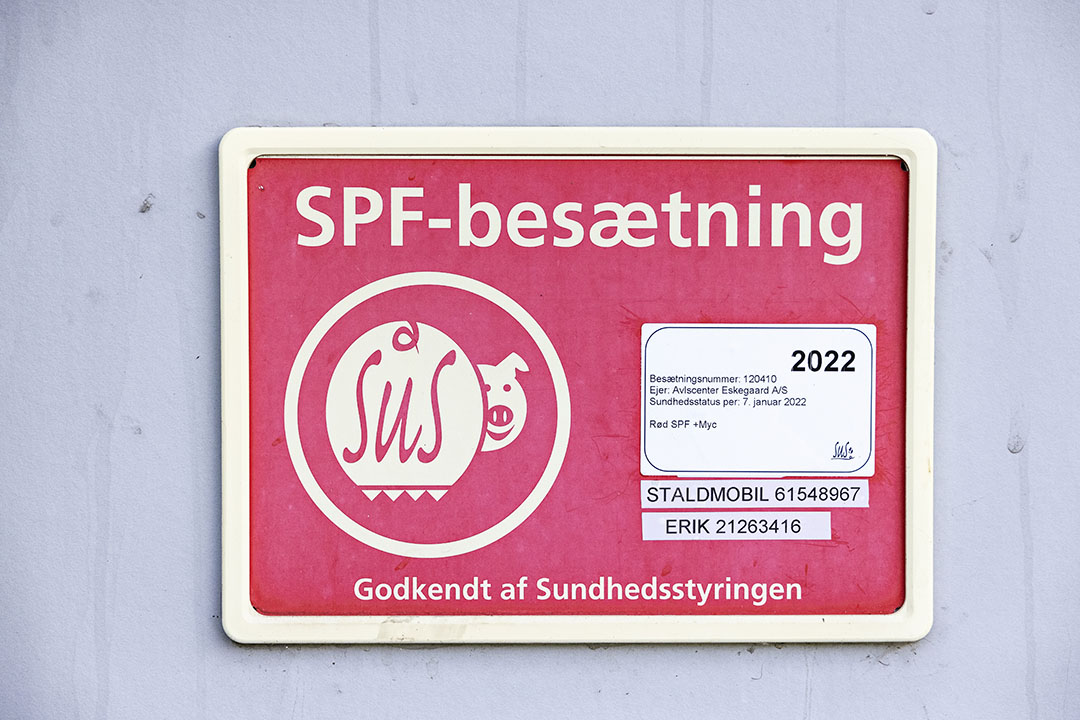
1 km radius
Within a radius of 1 km around a red farm there cannot be another pig farm. This distance requirement is there for a reason. Both Porcine Reproductive and Respiratory Syndrome virus (PRRSv) as well as Mycoplasma hyopneumoniae (M. hyo) bacteria are known airborne spreaders and can move up to 5 km to a pig herd with naïve animals. The Danes themselves found that out the hard way when their artificial insemination (AI) station Hatting became infected in 2019. The virus simply entered via air flow and then tens of farms got infected through contaminated semen. For SPF blue farms, the distance requirement is 100 m.
Blood checking and quarantine
On red farms, every month an L&F veterinarian will come and collect blood samples. If animals are purchased, they have to stay in a quarantine facility for at least 6 weeks before they can be mixed with the already present population.
According to the guidelines, a quarantine facility has to be entirely separated from the other pig houses, with separate manure deposition as well as air inlets. The quarantine requirement is working – there are 200 SPF red farms. Lorenzen says it has never happened that an SPF red farm has introduced an SPF disease when quarantine rules were applied correctly.
On blue farms, an accredited veterinarian will perform a clinical check and take pig blood samples. On those farms, a check happens 4 times per year.
Health status is public
The health status of each participating farm is public and can be found at this website. By entering the farm’s unique business number (UBN), its status can be looked up. This shows whether or not a farm is an SPF red or an SPF blue farm, and it will also show the potentially present pathogens or diseases. For instance, if a breeding farm does have M. hyo, the status will be SPF-red + M. hyo. The buyer of breeding pigs thus knows exactly what he or she is purchasing and whether or not that status matches with the health status on their own farm.
Focus at pig production
Health monitoring plus subdivision of farms has proved to be a system that works. Lorenzen says that since the SPF system was introduced, lice are a thing of the past in Denmark’s swine industry. And at red farms, mange and atrophic rhinitis (AR) have never been found. On all other farms, AR is observed once every 3 years at most. PRRS, however, occurs more frequently. At one-third of the SPF blue farms, sows can be found that are positive for PRRS virus. The Danes are beginning a national programme to also get PRRS under control.
Driving different cars
There is a huge difference between farms with high health status and farms with various pathogens. Lorenzen compares it to driving different cars: “If you drive a Mercedes at 130 km/h, you can concentrate completely on the traffic around you. If you drive a small car, however, you are focused completely on trying to stay on the road.”
Accredited transporters only
All in all, with SPF the chances are substantially lower that pathogens or parasites will spread via the animals from one farm to the next. To prevent things going wrong with breeding animals during transport, only accredited transporters are hired. Those companies have specially trained drivers, and their lorries have been constructed specifically to stay as hygienic as possible. Choice of materials is limited; for constructing a truck, stainless steel, aluminium and fibre glass are permitted.
Little extra work
It requireslittle extra work to keep the SPF system going. The monitoring of pig farms is required anyway, and it takes 4 L&F employees to process all the data. Each farm contributes to the system depending on the type of farm (SPF red or SPF blue) as well as its size. The system depends on the credibility of the data that its users can obtain from it. That is why a declaration can only be given of the pathogens or parasites a farm is free from. There is no “grey” area. Lorenzen says, “A declaration for something like a headache is not going to work. Sometimes you will have it, the next day you won’t – or perhaps a little bit.”
Join 18,000+ subscribers
Subscribe to our newsletter to stay updated about all the need-to-know content in the pigsector, three times a week. Beheer
Beheer
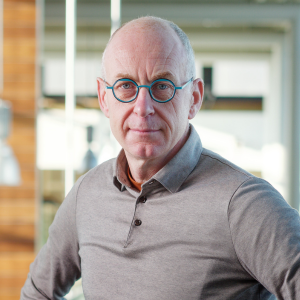
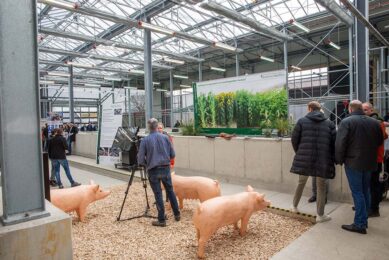

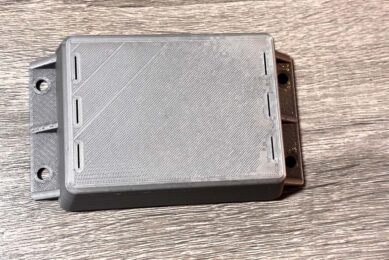
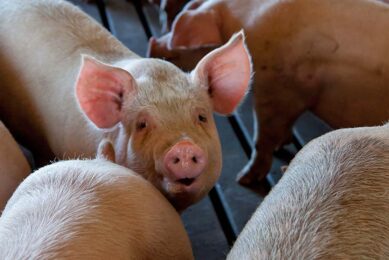








 WP Admin
WP Admin  Bewerk bericht
Bewerk bericht